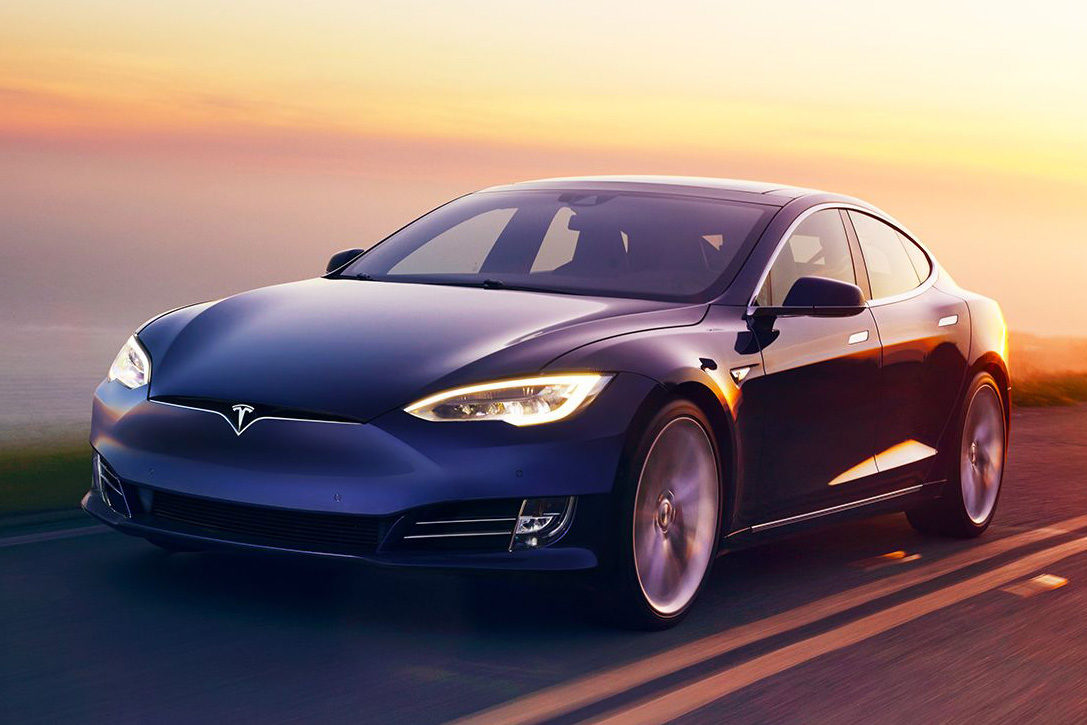At present, the traditional automobile field is still the largest consumption direction of NdFeB permanent magnets, accounting for about 30%, which is down from the level of more than 35% in 2017-2018, mainly because the global automobile production in 2020 will drop by more than 10%, and Demand for new energy vehicles, air-conditioning and wind power has increased.
In the future, the demand for NdFeB permanent magnets in the automotive industry will increase mainly from two sources. On the one hand, sintered NdFeB permanent magnets use technologies such as grain boundary penetration to improve performance and reduce costs, and the price difference with ferrite products gradually narrows. The full life cycle cost advantage brought by high power efficiency will be reflected, especially under the pressure of energy saving and emission reduction brought by the global energy-saving carbon peak and carbon neutrality, the automobile utilization efficiency is higher and the weight is lighter (not only the weight of the magnet itself). Lighter, it also makes the entire motor design more compact and lighter in weight). On the other hand, the degree of digital control, electrification, and intelligent driving of automobiles has increased, and higher requirements have been placed on the sensitivity and accuracy of each control motor, speeding up applications of sintered NdFeB permanent magnets used in various types of controlling motors in automobiles.
In 2020, global new energy vehicle shipments will reach 3.24 million units, a year-on-year increase of 43.36%. If the yield rate of neodymium iron boron for new energy DC synchronous motors is 70%, the global demand for neodymium iron boron blanks for new energy vehicles is about 11,520 tons. In the next five years, the demand for NdFeB permanent magnets will follow the rapid growth of new energy vehicles. According to calculations, it is estimated that by 2025, only the number of NdFeB materials required for permanent magnet synchronous main motors will reach 39,400 tons, corresponding to NdFeB blanks,the output is 56,300 tons, with a compound annual growth rate of 37.3%; new energy vehicles will become the most important downstream demand increase for sintered NdFeB magnetic materials.

 English
English

